Review
The Bigster may be a big step in the right direction for Dacia, but it's not a giant leap forward for the mid-size SUV segment.
Overview
Dacia’s biggest car to date – the Bigster – represents the brand’s evolution as it embraces electrification and expands into new, more lucrative segments.
As a mid-size SUV, the Bigster faces tough competition from models such as the Ford Kuga, Kia Sportage and Nissan Qashqai, which are all well-established in this class.
It needs to bring a USP, therefore, in line with Dacia’s brand mission, the Bigster was designed to offer maximum value. It’s a lot cheaper than most of its rivals, but that doesn’t prevent it from being the most expensive Dacia model. Prices start at £25,215 and top out at almost £30,000.
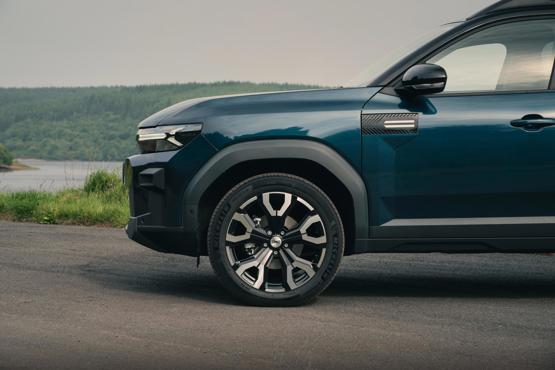
For that you get a lot of space, a decent array of kit and an eye-catching design. A hybrid engine is available, too, offering impressive efficiency and a reasonable benefit-in-kind tax proposition for company car drivers.
It’s not a stripped out, no-frills agricultural machine, then. Dacia is growing up and the Bigster is its most advanced car to date.
The model line-up consists of three trim grades, starting with budget-friendly Expression. You can step up to Journey for a more technology-packed car or specify Extreme if you want something more rugged.
Comfort and practicality
The Bigster shares a platform with the smaller Dacia Duster, albeit expanded quite significantly to produce a car with a very similar footprint to a VW Tiguan.
Like the Duster, the Bigster has an interior that focuses on robustness and practicality, rather than comfort and luxury.
There’s no soft-touch plastics, delicate detailing or fancy leather upholstery. It’s very much a cheap and cheerful cabin. While it doesn’t feel particularly upmarket, the design is really smart. There’s lots of intersecting shapes and lines, mixed with some contrasting silver trim pieces, that give it a robust and rugged appearance.
The centre console houses a chunky gear selector switch and provides plenty of storage with two large cupholders and a rubberised wireless phone charger.
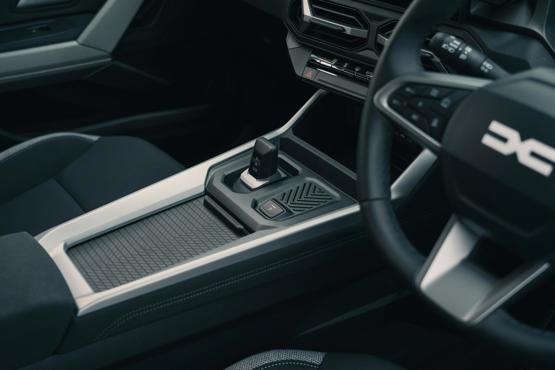
Elsewhere in the cabin, storage space is less impressive. The door bins are narrow, and the glovebox is quite small.
Passenger space is better. The Bigster benefits from having a high roofline, so there’s plenty of headroom for all. Up front, the Bigster offers plenty of room for larger adults. The front seats are reasonably comfortable but wouldn’t be our first choice for a long journey. They have manual adjustment and do include lumbar support.
Rear seat space is generous, but not as impressive as some models in the segment. They have a 40:20:40 split fold arrangement and the middle seat can be folded to provide a rear armrest.
A 677-litre boot capacity is offered in the petrol-powered Bigster, but in hybrid models that is reduced to 612 litres of space. The boot floor is level with the loading lip, at least, and there is a bit of storage beneath although it’s mainly used to house the spare wheel.
Safety and technology
While Dacia hasn’t packed the Bigster full of the latest and greatest technology available on the market, it hasn’t exactly skimped either. There’s dual zone climate control, a digital instrument cluster, rear parking sensors, a reversing camera and electric folding door mirrors all as standard. You also get a 10-inch touchscreen infotainment system.
Journey and Extreme models go one step further, with integrated sat-nav, adaptive cruise control, improved speakers, keyless entry and a powered tailgate. Plenty of kit for a ‘budget-friendly’ option, then.
The infotainment system’s user interface is simple and easy to get to grips with. Thankfully you don’t need to use the screen to control all the car’s functions. There’s a separate row of switches for the climate controls, which makes day-to-day life much easier.
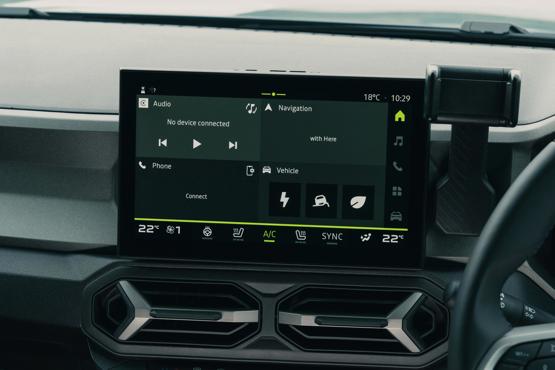
Both the central touchscreen and digital instrument cluster have a high resolution and neat graphics. Trip computer functions, as well as the cruise control, are adjusted via buttons on the steering wheel. Audio controls are mounted on a stalk.
The Bigster only scored three stars in the Euro NCAP safety test, making it less appealing than most of its competitors. It scored 69% for adult protection, where class leaders manage at least 80%. Child protection was better, at 85%, but its lowest score (57%) was for the performance of its safety assistance systems.
Like all new cars, the Bigster comes with lane departure warning, speed limit assist, autonomous emergency braking and driver attention warning. These systems are largely unintrusive in normal driving but Dacia does provide a preset function so drivers can easily apply their preferred settings for each of these systems.
Driveability and efficiency
There are three powertrain option available on the new Bigster, all using some form of petrol hybrid system.
The Hybrid 155 is the flagship powertrain and it’s all-new for the Renault Group. Built to replace the widely used 1.6-litre hybrid unit, the new system uses a 1.8-litre engine. The hybrid system has a larger battery, too, extending its capability.
In the Bigster, it’s potent enough for a 0-62mph time of less than 10 seconds. As a ‘full’ hybrid, the powertrain also enables a degree of zero-emission running. This is predominantly in low-speed situations, such as manoeuvring or in stop-start traffic. The motor can also operate under light throttle, at higher speeds, for short periods of time.
A complex automatic gearbox is used to manage how power is delivered to the wheels, either via the motor, engine or a combination of the two. The engine can also be used to charge the battery while the motor provides propulsion. All of this is worked out by the car’s computer while you drive.
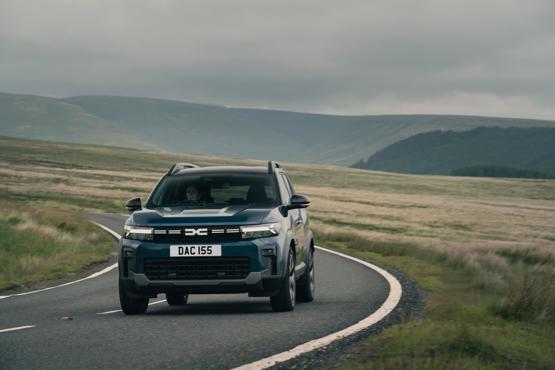
During our testing the Bigster Hybrid was managing almost 50mpg. It prefers low speed urban driving, where the electric motor can do some of the work, to higher speed motorway runs. In the latter, economy was hovering around 35mpg at constant speeds.
While the powertrain delivers good efficiency, it’s not the best driving experience. There’s reasonable performance but throttle response is not very consistent.
The 1.2-litre mild hybrid engine – offered with 140PS with front-wheel-drive or 130PS with all-wheel-drive – feels more conventional to drive, but you pay the price with higher emissions and worse fuel consumption.
With any powertrain, the Bigster lacks the same level of refinement as its peers. Wind and road noise is more pronounced, especially on the motorway. We also found the ride to be coarse, despite having relatively soft suspension. There’s quite a lot of body roll, as a result, and the car nose dives under heavy braking. The Bigster looks big and chunky and it feels the same to drive. You sit high up in the car with a view out over the bulging bonnet. It gives the sensation that you're in something more bulky than a mid-size SUV.
Company car tax and running costs
The Bigster brings a fresh approach to the mid-size SUV segment as a rough-and-ready no nonsense option among a sea of models that are frantically trying to be ‘premium’.
For those that want simple transport, with plenty of space, the Bigster will appeal. That is, of course, assuming you can overlook the disappointing safety rating.
Opt for the Hybrid 155, in Journey trim, and it’s more than £5,000 cheaper than the entry-level Qashqai E-Power. Drivers will save £500 per year in benefit-in-kind (BiK) tax and running costs are just 37ppm, versus the Qashqai’s 45ppm (4yr/80k).
The Bigster undercuts all its rivals, with the exception of the MG HS. And herein lies the biggest problem for Dacia. MG has managed to deliver a car that is better to drive and feels less like a budget model. The HS also has the option of a more tax-friendly plug-in hybrid, as well as a regular hybrid. The HS does have a smaller boot, and a far more complicated infotainment system, however.
Matt has been an automotive journalist for nine years and has driven just about every new car and van that's on sale. As content editor - vehicles he is responsible for the automotive content on Fleet News and also contributes to Automotive Management. Prior to this, Matt worked in the automotive industry for 10 years.


Specs
| Manufacturer | Dacia |
| Model | Bigster Estate |
| Specification | Dacia Bigster Estate 1.8 Hybrid 155 Journey 5dr Auto |
| Model Year | 2025.00 |
| Annual VED (Road tax) | £390 |
| BIK List Price | £28,995 |
| CO2 | 106g/km |
| BIK Percentage | 27% |
| Insurance Group | N/A |
| CC | 1,793 |
| Fuel Type | Petrol Hybrid |
| Vehicle Type | Medium SUV |
| Luggage capacity (Seats up) | 612litres |
| Doors | 5 |
Running Costs
| P11D | £28,995 |
| Cost per mile | 39.45ppm |
| Residual value | £14,025 |
| Insurance group | N/A |
| Fuel Type | Petrol Hybrid |
| Cost per mile | 89.54ppm |
| Fuel | 10.89ppm |
| Depreciation | 76.25ppm |
| Service maintenance and repair | 2.40ppm |
Rivals
Info at a glance
-
P11D Price
£28,995
-
MPG
58.0 (WLTP) -
CO2 Emissions
106g/km -
BIK %
27% -
Running cost
3 Year 60k : £14,025 4 Year 80k : £11,450 -
Fuel Type
Petrol Hybrid

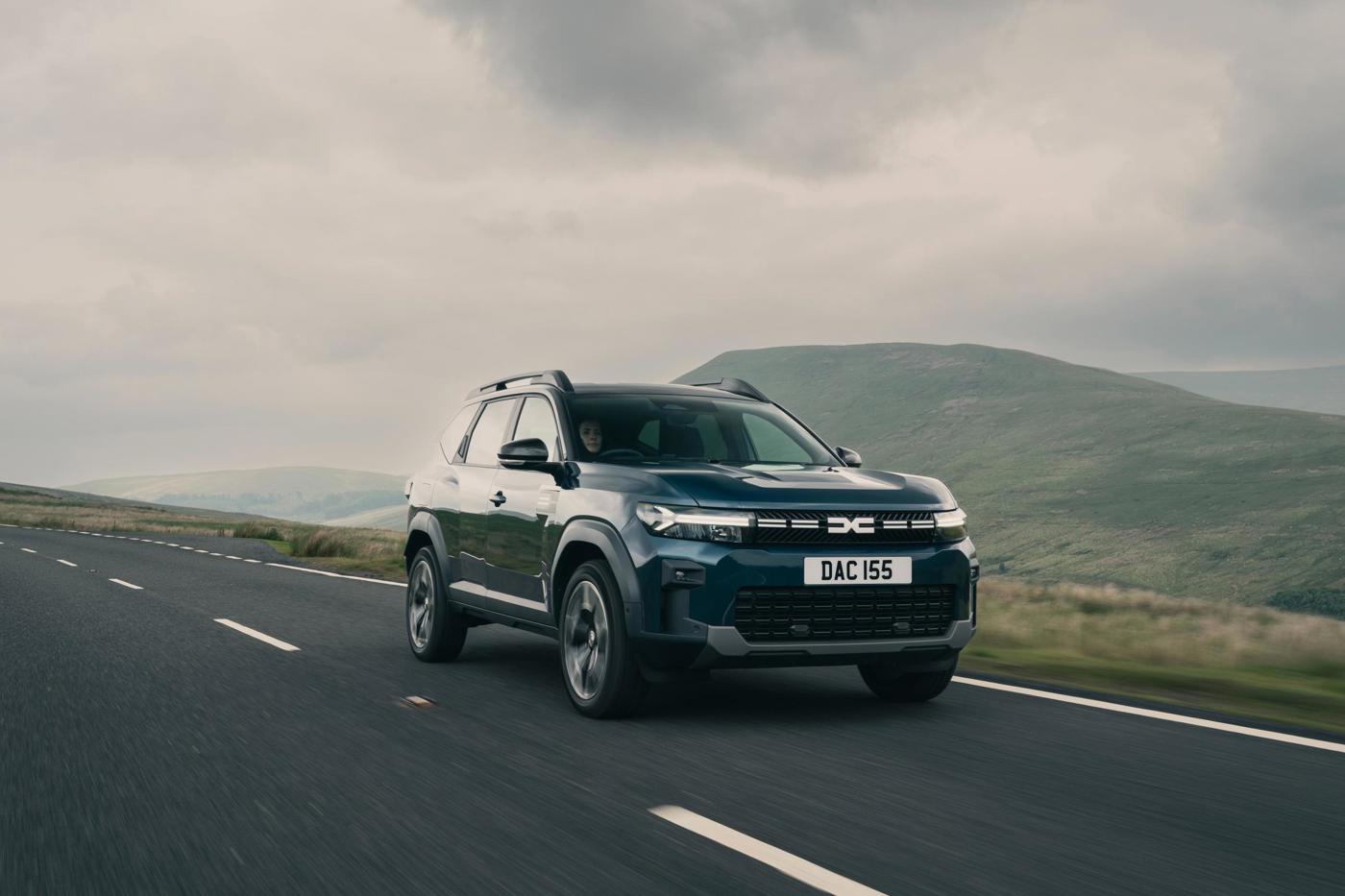
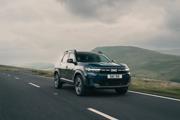
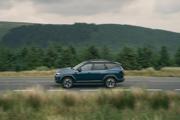
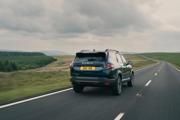
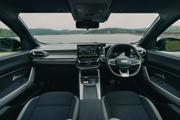

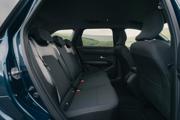
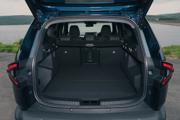

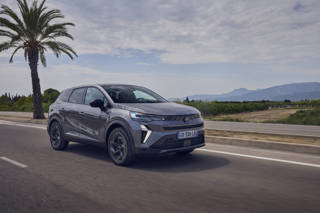
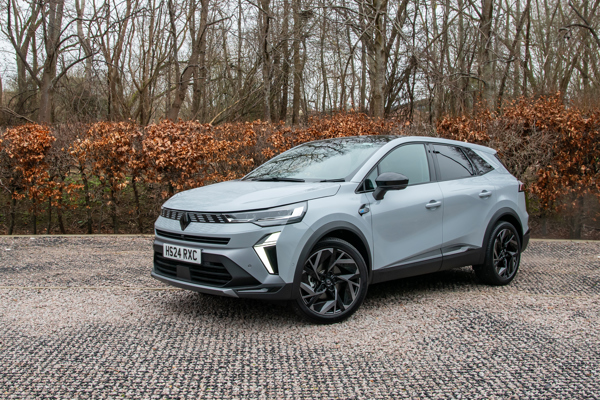
 Petrol Hybrid
Petrol Hybrid
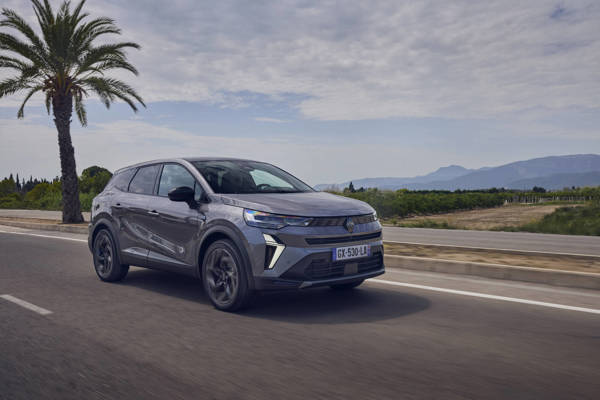
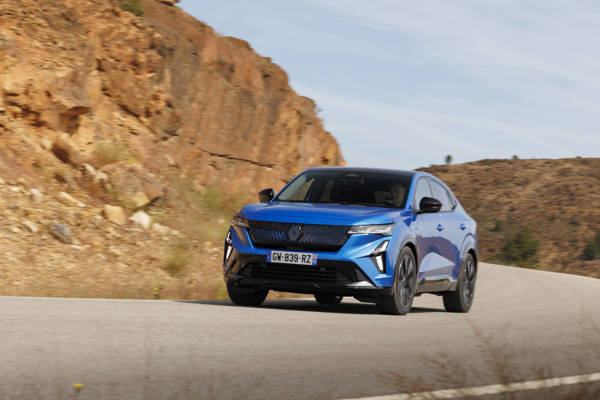
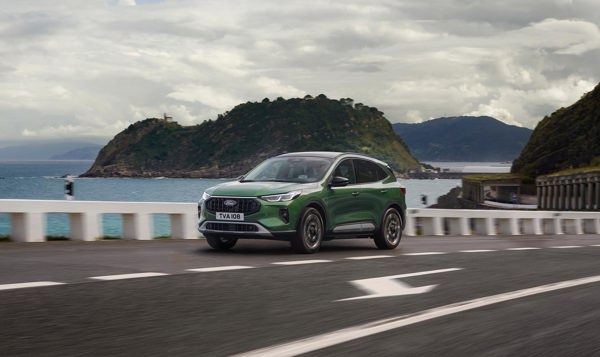
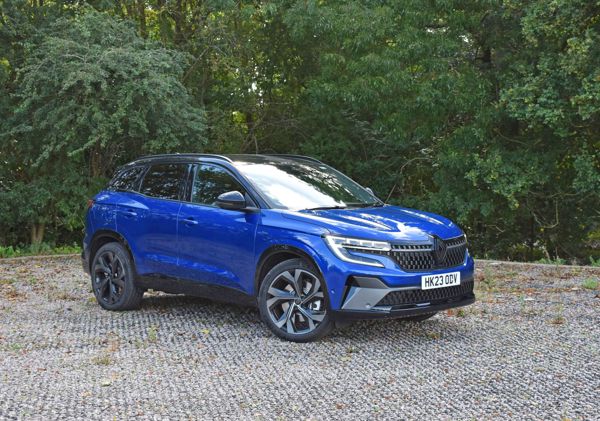
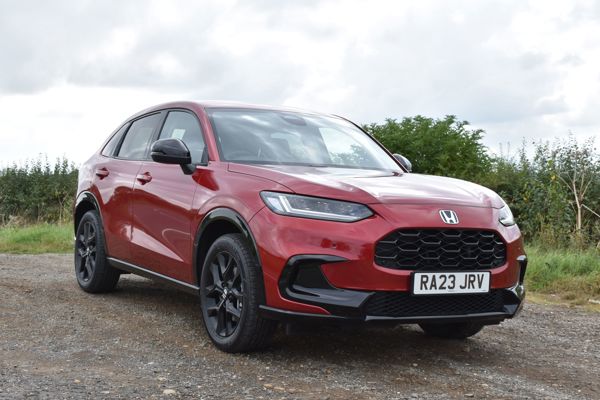
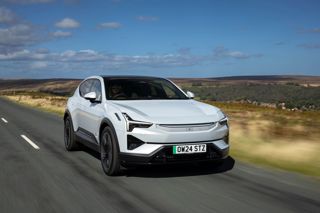
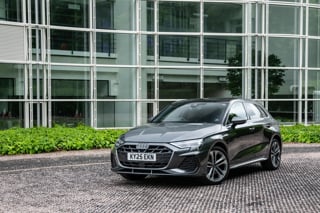
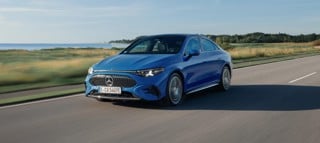
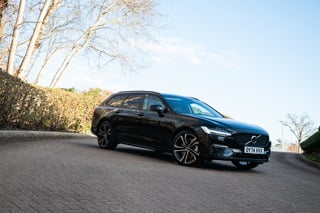
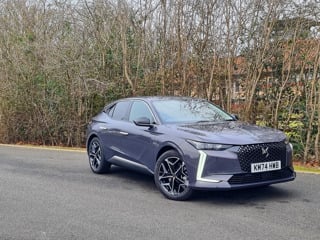





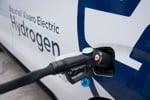



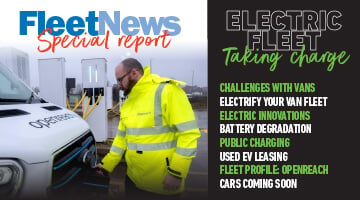


Login to comment
Comments
No comments have been made yet.